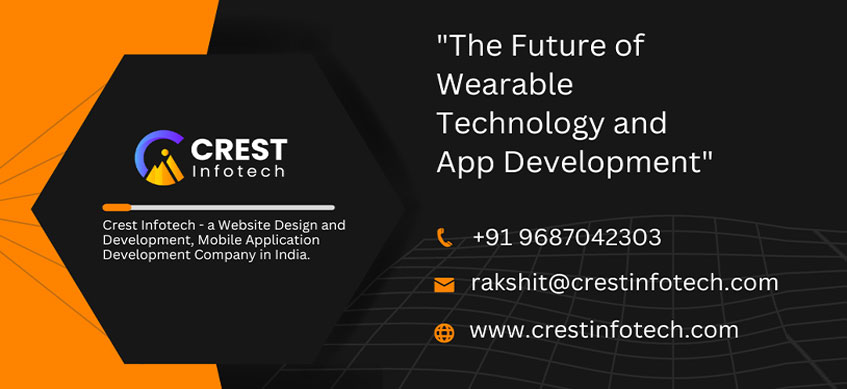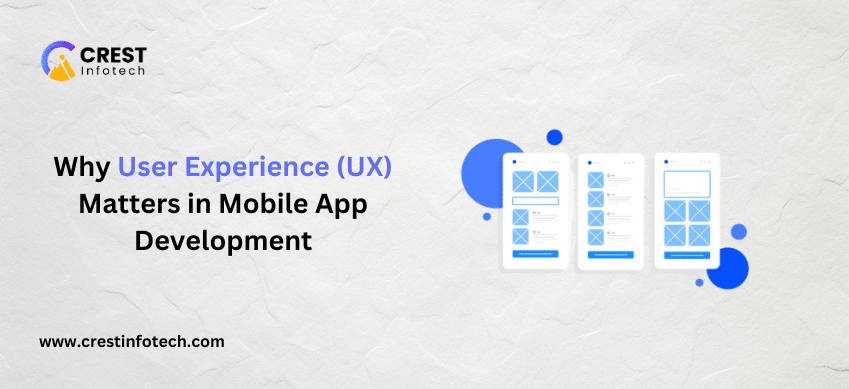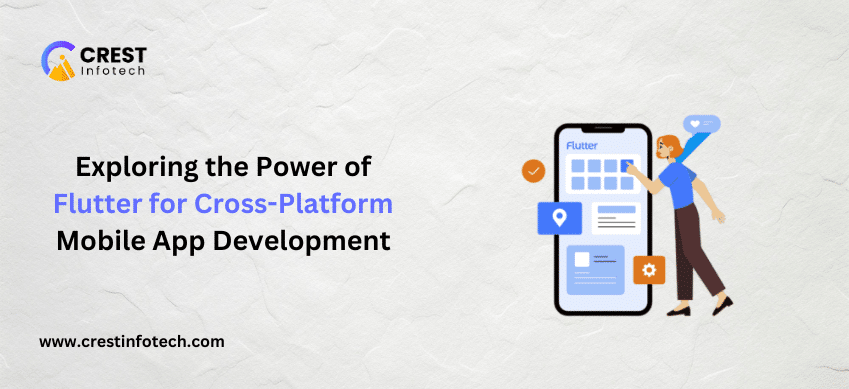Wearable technology has evolved from simple fitness trackers to sophisticated devices capable of monitoring health metrics, providing real-time data insights, and enhancing user experiences through seamless integration with mobile applications. As these technologies continue to advance, they are poised to revolutionize various industries and reshape the way users interact with digital information. This article explores the future trends, opportunities, challenges, and implications of wearable technology in app development.
Evolution and Current Landscape of Wearable Technology
Wearable devices, including smartwatches, fitness bands, augmented reality glasses, and health monitoring devices, have gained popularity for their ability to collect biometric data, track fitness metrics, and provide personalized insights to users. Key advancements include:
- Health and Fitness Monitoring: Continuous monitoring of heart rate, sleep patterns, activity levels, and stress indicators to promote wellness and fitness goals.
- Augmented Reality (AR) and Virtual Reality (VR): Integration of AR glasses and VR headsets for immersive experiences in gaming, training, and interactive applications.
- Smart Assistants and IoT Integration: Voice-controlled assistants (e.g., Siri, Alexa) and IoT devices that sync with wearables to control smart home devices, receive notifications, and perform tasks hands-free.
Future Trends in Wearable Technology
- Healthcare and Medical Applications:
- Expansion of wearables in healthcare for remote patient monitoring, chronic disease management, and early detection of health issues through advanced sensors and AI-driven diagnostics.
- Personalized User Experiences:
- Enhanced personalization through AI algorithms that analyze user behavior, preferences, and biometric data to deliver tailored recommendations, notifications, and adaptive interfaces.
- Integration with 5G and Edge Computing:
- Leveraging 5G networks and edge computing capabilities to support real-time data processing, low-latency communications, and high-bandwidth applications for wearables.
- Fashion and Lifestyle Integration:
- Collaboration between technology companies and fashion brands to design aesthetically appealing wearables that blend seamlessly into daily lifestyles while offering advanced functionalities.
- Security and Privacy Enhancements:
- Implementation of robust security measures (e.g., biometric authentication, encrypted data transmission) to protect user data collected by wearables from cyber threats and privacy breaches.
Opportunities and Implications for App Development
- Cross-Platform Compatibility:
- Develop apps that support multiple wearable platforms (e.g., Apple Watch, Android Wear) to reach a broader audience and ensure seamless connectivity across devices.
- Sensor Integration and Data Analytics:
- Utilize wearable sensors (e.g., accelerometers, GPS) and data analytics to create actionable insights, predictive models, and real-time feedback loops for users and healthcare professionals.
- Augmented Reality (AR) Experiences:
- Design AR-enabled apps that enhance real-world interactions, gaming experiences, navigation, and visualizations through wearable devices with built-in AR capabilities.
- Voice User Interfaces (VUI):
- Integrate voice commands and natural language processing (NLP) into wearable apps to enable hands-free interactions, voice-controlled commands, and personalized assistance.
- Ecosystem Integration and Interoperability:
- Foster interoperability between wearables, smartphones, IoT devices, and cloud services to create a unified ecosystem where data flows seamlessly across platforms and devices.
Challenges and Considerations
- Battery Life and Power Efficiency:
- Address challenges related to battery life and power consumption in wearable devices to ensure prolonged usage without frequent recharging.
- User Interface and Experience (UI/UX):
- Design intuitive and user-friendly interfaces that optimize screen real estate, navigation, and interaction patterns for smaller wearable screens and diverse user demographics.
- Regulatory Compliance and Data Privacy:
- Navigate regulatory frameworks (e.g., GDPR, HIPAA) governing wearable technology and healthcare data to ensure compliance with data protection regulations and user privacy rights.
- Device Fragmentation and Compatibility:
- Manage device fragmentation across various wearable platforms, operating systems, and hardware specifications to maintain app performance and functionality consistency.
Conclusion
The future of wearable technology holds immense potential to transform industries, empower users with real-time insights, and drive innovation in app development. By embracing advancements in health monitoring, AI-driven personalization, AR/VR experiences, and connectivity through 5G networks, wearable devices are poised to become indispensable tools in daily life, healthcare, fitness, and beyond. App developers play a pivotal role in harnessing these technologies to create compelling user experiences, overcome technical challenges, and capitalize on emerging opportunities in the dynamic wearable technology landscape.
As wearable technology continues to evolve, collaboration between developers, tech innovators, healthcare professionals, and industry stakeholders will be crucial in shaping the next generation of wearable devices and apps that enhance productivity, improve health outcomes, and enrich the way users interact with technology in the digital era.
This article explores the transformative impact of wearable technology on app development, emphasizing future trends, opportunities, challenges, and implications for creating innovative, user-centric experiences across diverse industries. Adjust content based on emerging technologies, market dynamics, and user engagement strategies relevant to your app development initiatives in the wearable technology space.



